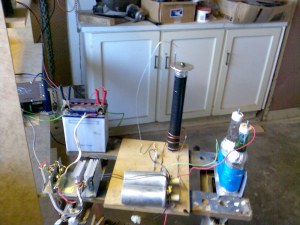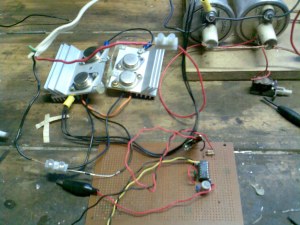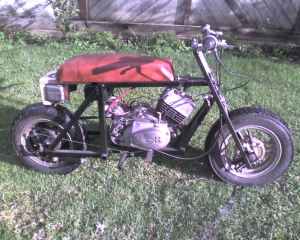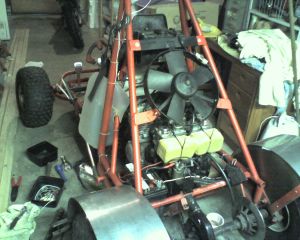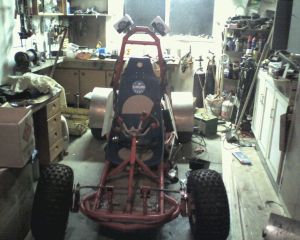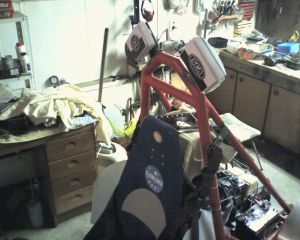As i was getting into sea kayaking and fishing, and how i always live things with motors in them. I thought i would be a cool idea to have a motorized kayak.
What i figured i wanted was an inbuilt design, just so it was tidier and didn’t cut anyone up with spinning parts. I wanted it to be electric start so there was less risk of capsizing just trying to reach around and pull start it. And it wanted it to be as small as possible. Also cheap. Like no money. So really just from stuff i already had lying around.
As the motor would be inside a water vessel, it seemed logical to have it water cooled. And because i didn’t have the money for an actual outboard motor, I just used what i had. A weed-eater motor. 30 ish cubic centermeters of raw power 😛
The problem was weed-eaters are air cooled. to solve this i figured i could make a fiberglass water jacket and since the motor wouldn’t get above 150°C, the resin should hold up fine. For a cold water supply, i was just going to use water from the pump unit. Like how Jet-skis do.
This was my first experience fiberglass molding and coating, so it was pretty rough. The molds didn’t release as i intended and there were many second attempts, patch jobs and fixes. But it was fun and a good learning experience.
Once again this project was never put into use. This time because i didn’t actually end up getting another kayak to put it into. should have really been the first step to get another kayak but where is the fun in that :P. So for the rest of its life it sat on a shelf in the garage, unused, until the house burnt down and it became a puddle.

















